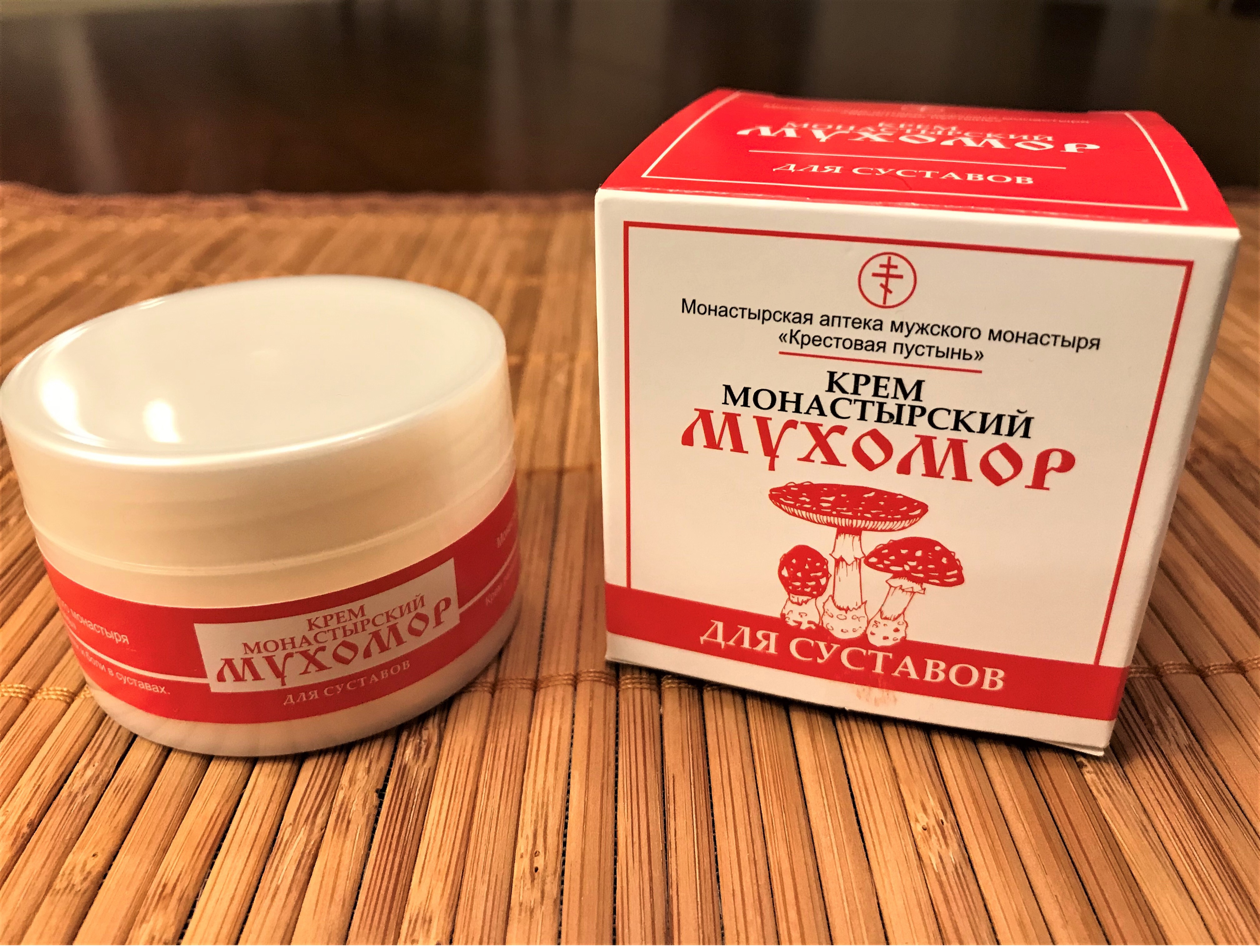With more than two-dozen contributors and over 450-pages of content, Fly Agaric is the most comprehensive book on the iconic red and white-spotted mushroom ever assembled.

Ch. 26: Fly Agaric as Medicine: From Traditional to Modern Use
The fly agaric (Amanita muscaria) mushroom has been used medicinally for hundreds of years among tribal peoples in Siberia, as well as in parts of Scandinavia, Eastern Europe and Russia, where it has been used both topically and internally for its analgesic, anti-inflammatory, anxiolytic, and stimulant properties. Recent research on the mushroom’s pharmacology supports these traditional uses of this mushroom and has also demonstrated that certain compounds exhibit anti-tumor and memory-protecting activities. While these are promising developments in understanding the ethnomycological uses of this mushroom, most of the world considers Amanita muscaria to be poisonous. Despite this general view, anecdotes of self-medication with this mushroom have been cropping up online in topical Facebook groups, discussion boards, blogs, and other social media platforms, with individuals claiming to treat symptoms related to Lyme disease (fatigue, cognitive deficits), tinnitus, substance dependence/withdrawal, depression, and other conditions. While these accounts are not prolific, they suggest an increased public interest in this mushroom and its potential therapeutic applications.
The findings of this study suggest that some applications of the fly agaric may be therapeutically effective and indicate that further research in this area is warranted.
This chapter seeks to examine some of the emerging therapeutic uses of this mushroom, as well as how and why it is being used, and whether it is perceived as effective. To this end, thirty surveys and five interviews have been conducted with individuals reporting therapeutic use of this mushroom. These reports will also be evaluated to determine whether self-treatment practices parallel known traditional therapeutic uses or are otherwise supported by current scientific literature on the properties of Amanita muscaria and its pharmacological constituents. The findings of this study suggest that some applications of the fly agaric may be therapeutically effective and indicate that further research in this area is warranted.
Join us for our next conference!
A Brief History of Medicinal Use
The fly agaric is a mycorrhizal mushroom that grows in association with birch, pine, and other trees throughout the northern hemisphere. Famous for its bright red cap and snow-white spots, it is likely that humans took early notice of this mushroom when appearing in their environment. Many may have moved on from this mushroom after experiencing nausea, vomiting, or bizarre cognitive and perceptual changes following its ingestion, but others found therapeutic value in small, measured doses. Evidence for this use can be found in different parts of Europe, Russia, and Siberia, though traditions of fly agaric use in Siberia are the most well-known.
Some of the primary therapeutic uses of fly agaric observed in Siberia are its use as a stimulant, an analgesic, an anti-inflammatory, an anxiolytic, and as a sleep aid.
Fantastic stories of mushroom inebriation began filtering out of Siberia in the 17th and 18th centuries from explorers, soldiers, and prisoners of war (see Wasson, 1968), but the more subtle uses of the fly agaric did not receive the same types of attention. Some of the primary therapeutic uses of fly agaric observed in Siberia are its use as a stimulant, an analgesic, an anti-inflammatory, an anxiolytic, and as a sleep aid. One of the more interesting uses of this mushroom is as a stimulant, providing the user with stamina and staving off fatigue. Here, it is used primarily as an aid to work, perhaps similar to the use of coffee in the West, though with the added benefit of making mundane tasks more interesting and tolerable. Siberian reindeer herders use dried fly agaric for strength and energy to help them keep up with the herd (Lincoff, 2005; Salzman et al., 1996; see also Ch. 6). A Koryak man interviewed by Adolph Erman (see Wasson, 1968: 53) in the mid-1800s explained “[i]n harvesting hay… I can do the work of three men from morning to nightfall without any trouble, if I have eaten a mushroom.” A Chuckchee woman interviewed by Takashi Irimoto (2004: p. 49) explained that she and the other women “could progress quickly with their work if they ate [fly agaric] before or while they were tanning reindeer hides.” Dried fly agarics are also used by the Khanty to treat psychophysical fatigue (Saar, 1991b: 176). While this practice appears to have been common among some Siberian peoples of the Russian far-East similar uses in different regions of the world are unknown. In contrast to its use as a stimulant, the fly agaric has also been used in Siberia to aid sleep and treat insomnia (Irimoto, 2004; Kopec, 1837; Lincoff, 2005), for which its effectiveness has been attested (Cossack, 1998).

Discover the Indigenous Reciprocity Initiative of the Americas
“Once I asked a Reindeer Koryak, who was reputed to be an excellent singer, to sing into the phonograph. Several times he attempted, but without success… After eating two fungi, he began to sing in a loud voice, gesticulating with his hands”
The Evensk and Koryak are known to use fly agaric as a poultice to treat pain and inflammation (Lincoff, 2005; Salzman et al., 1996; see Ch. 6). Rather than using a poultice, Chuckchee women eat the dried mushroom to relieve muscle pain and soreness from long hours of tanning hides (Irimoto, 2004: 227). Anxiolytic uses of the mushroom are found among the Khanty and Koryak, who use the mushroom to relieve anxiety and embolden the user. Among the Khanty there is a tradition of performing “heroic epic songs” and singers would frequently consume the fly agaric to help animate their performance and reduce performance anxiety (Saar, 1991a: 164). This practice was also present among the Koryak, as Russian anthropologist Waldemar Jochelson recounts: “Once I asked a Reindeer Koryak, who was reputed to be an excellent singer, to sing into the phonograph. Several times he attempted, but without success… After eating two fungi, he began to sing in a loud voice, gesticulating with his hands” (Saar, 1991a: 164). Jochelson’s account further suggests that the fly agaric either induces courage, reduces inhibition, or both.
This ability to impart courage (or reduce anxiety) also played an important role in the shamanic use of this fungi. Among the Khanty, bears have been observed eating the fly agaric “during the rutting season in order ‘not to fear,’” a practice that has been compared with the shaman “who eats [fly agaric] not only for foretelling the future after having dreamed frightening events but also in order to encourage himself before meeting several spirits” (Saar, 1991a: 163, quoting Kulemzin, 1984). In this way, the fly agaric not only provides the shaman with the means for his otherworldly travels, but also imparts the courage necessary to embark on the journey in the first place.

Fly agaric is still popular in parts of Russia as a topical remedy, though now a variety of creams and ointments can be bought for home use (Figure 1).
In Europe and Russia, fly agaric used for medicinal purposes was typically applied topically, as a tincture, or in homeopathic remedies, though there are some exceptions. In the 1980s, Russians and Ukrainians from the Sukhodol River Valley were still using home preparations of fly agaric topically to treat joint ailments (Moskalenko, 1987: 236). Fly agaric is still popular in parts of Russia as a topical remedy, though now a variety of creams and ointments can be bought for home use (Figure 1). In the 1990s, ecologist and mycologist Marja Härkönen (1998) discovered that fly agaric was still used by the Karelian people of northwestern Russia as a home remedy. The Karelians would remove the red skin of the cap and soak it in alcohol. This could be used topically to treat bruises or other pains or taken internally in small amounts to treat headache or stomachache. In parts of Eastern Europe and Russia an infusion of fly agaric has also been used to treat rheumatic pains and there are also reports of its use to treat epilepsy and various nervous disorders (Dunn, 1973; Rolfe & Rolfe, 1974). Within homeopathy the fly agaric has been used to treat a variety of ailments, including those related to pain and insomnia (for more on the use of fly agaric in homeopathy see Feeney & Mann, Ch. 25 and Holmes, Ch. 26; Figure 2).

Art by
——
This excerpt was originally published in the book Fly Agaric: A Compendium of History, Pharmacology, Mythology, & Exploration
Edited by Kevin Feeney
Published in 2020 by Fly Agaric Press
Take a minute to browse our stock:
Did you enjoy reading this article?
Please support Chacruna's work by donating to us. We are an independent organization and we offer free education and advocacy for psychedelic plant medicines. We are a team of dedicated volunteers!
Can you help Chacruna advance cultural understanding around these substances?















